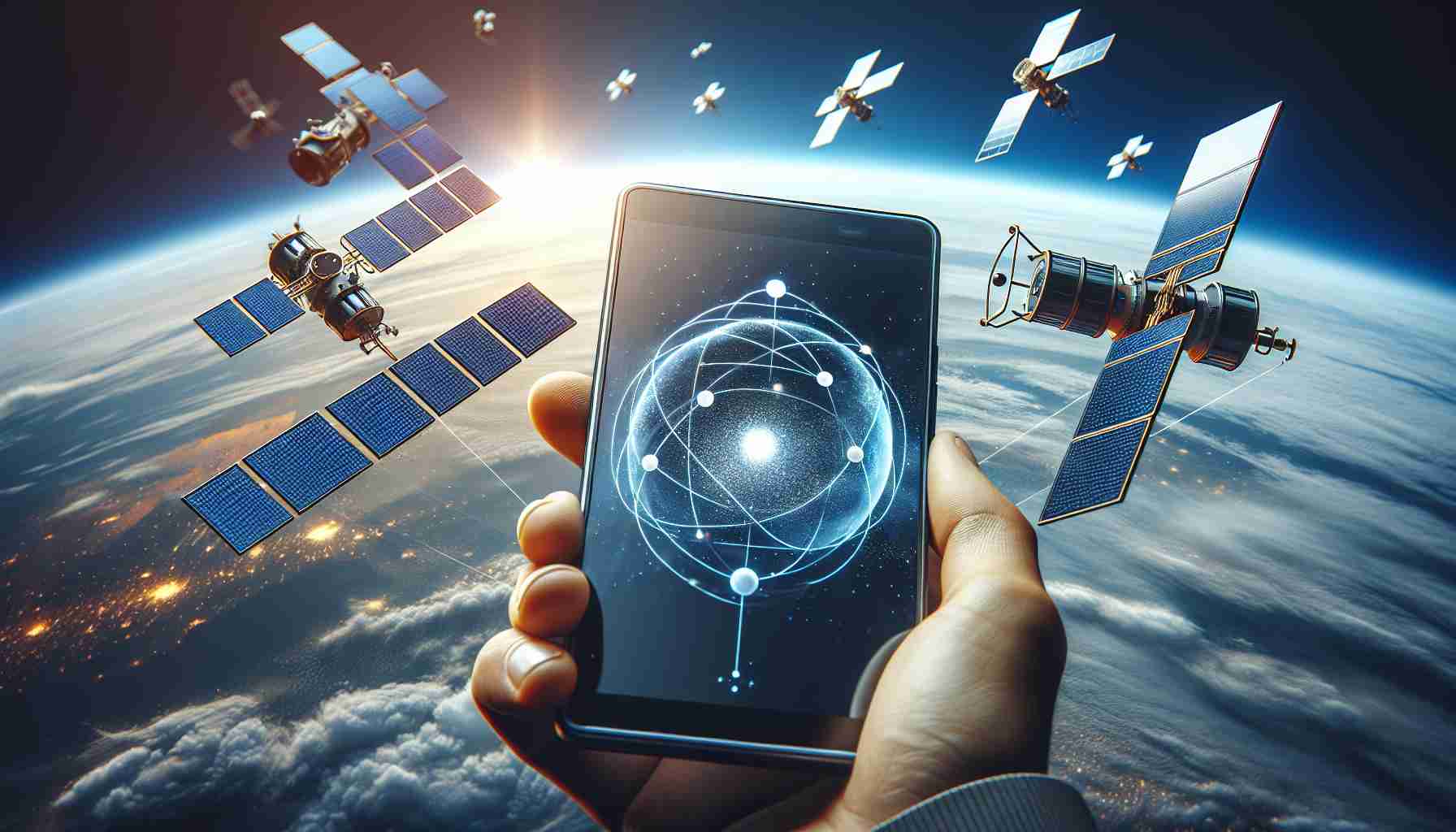In a significant move for mobile technology, Iridium has announced plans to enhance connectivity for smartphones by integrating with satellite systems. Approved by the 3rd Generation Partnership Project (3GPP), Iridium aims to incorporate satellite communication capabilities into mainstream devices by leveraging Narrowband Internet of Things (NB-IoT) technology.
This initiative allows smartphones to connect with Iridium’s low Earth orbit (LEO) satellites, significantly extending messaging and emergency service coverage beyond conventional cellular networks. Iridium has successfully showcased this capability in lab settings, signaling its readiness to proceed with real-world applications under its Project Stardust strategy.
The company is eager to collaborate with chip manufacturers, anticipating a surge in demand for integrated chips that comply with new standards. Following a shift in direction, Iridium plans to launch a newly branded service called Iridium NTN (non-terrestrial network) Direct, validating its commitment to integrating satellite services with consumer devices.
Upcoming tests are scheduled for early next year as Iridium prepares for broader deployments. The smartphone market is already witnessing similar movements; U.S. telco Verizon is also launching its own space-enabled emergency service for Android users, showcasing the growing trend towards satellite integration in mobile technology.
As companies like SpaceX and Globalstar continue to develop LEO networks, the future of satellite communication looks promising, paving the way for robust connections regardless of geographic constraints.
Enhancing Mobile Connectivity: Tips and Life Hacks for Leveraging New Satellite Technologies
As we move toward a future where satellite communication becomes an integral part of everyday mobile technology, understanding how to utilize this innovation effectively can empower users. Here are some tips, life hacks, and fascinating facts surrounding the integration of satellite technology into smartphones, particularly with Iridium’s advancements.
1. Stay Informed About Device Compatibility
When satellite connectivity becomes widely available through services like Iridium NTN Direct, ensure your smartphone is compatible with the new systems. Check with manufacturers and service providers about which devices will support this technology.
2. Maximize Emergency Services
The new satellite capabilities could enhance emergency services coverage significantly. Familiarize yourself with how to use these features on your smartphone—knowing how to quickly access satellite services could make a vital difference in an emergency.
3. Keep Your Software Updated
With new technology launches, software updates often follow suit. Ensure your device’s OS and applications are always updated to leverage new features as soon as they become available.
4. Explore Satellite-Ready Apps
As the satellite network expands, numerous applications will begin to integrate its features. Look for apps that can directly communicate with satellite systems for messaging and navigation, ensuring you’re getting the most out of the technology.
5. Understand Pricing Structures
With new services like Iridium’s launching, different pricing models may apply. Investigate subscription plans for satellite services and understand any additional costs for data usage versus traditional cellular services.
6. Benefit from Broader Coverage
One of the most appealing aspects of satellite integration is the vastly improved coverage. If you often find yourself in remote areas with poor cellular signals, explore how satellite technology can provide reliable connectivity.
7. Engage with Chip Manufacturers
As Iridium seeks to collaborate with chip manufacturers, staying aware of which new chips are designed for satellite compatibility can help you make informed purchasing decisions for future devices.
8. Experiment with IoT Devices
The advancements in Narrowband Internet of Things (NB-IoT) technology will also affect various IoT devices you use. Experiment with satellite-enabled IoT devices around your home or in your work environment to enjoy seamless connectivity.
Interesting Fact:
Did you know that Iridium operates a constellation of 66 low Earth orbit (LEO) satellites? This extensive network ensures global coverage, including locations that traditional networks often overlook, enhancing connectivity in the most isolated regions.
As satellite technology continues to evolve, staying updated and proactive about adapting to these changes can enhance your mobile experience significantly. For more information on Iridium’s advancements and the future of mobile technology, visit Iridium Communications.























